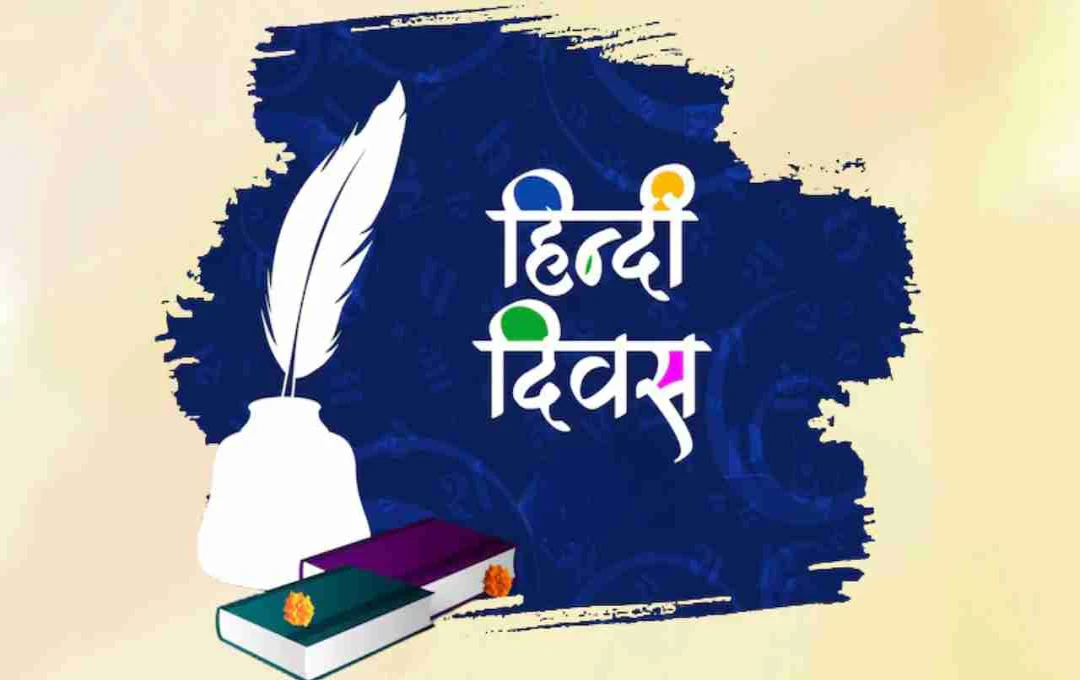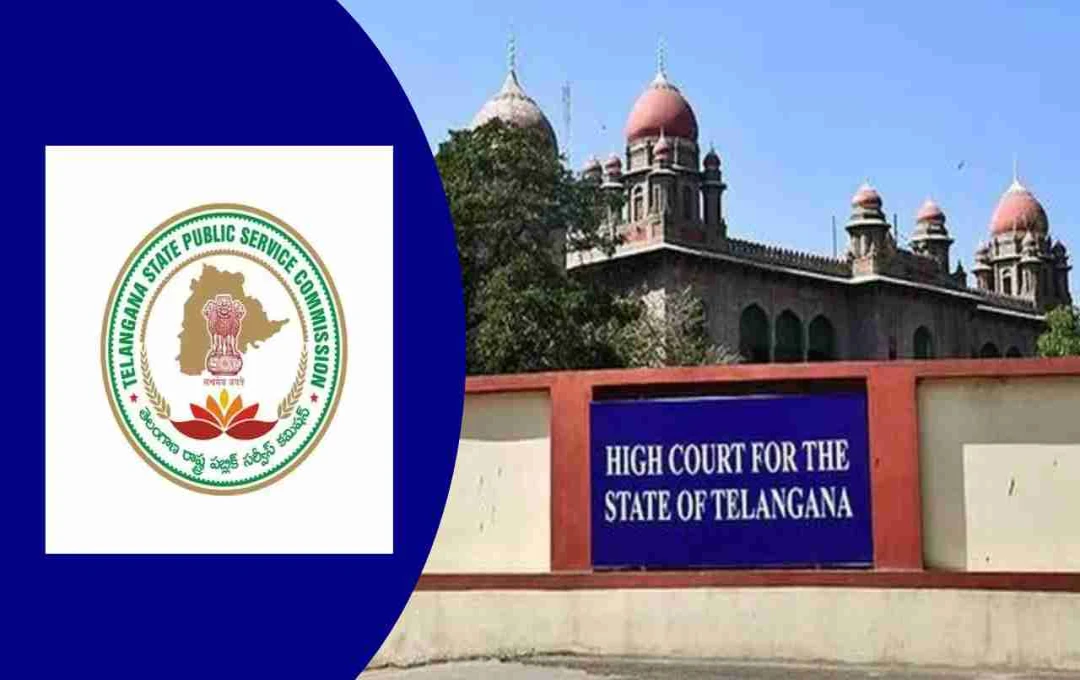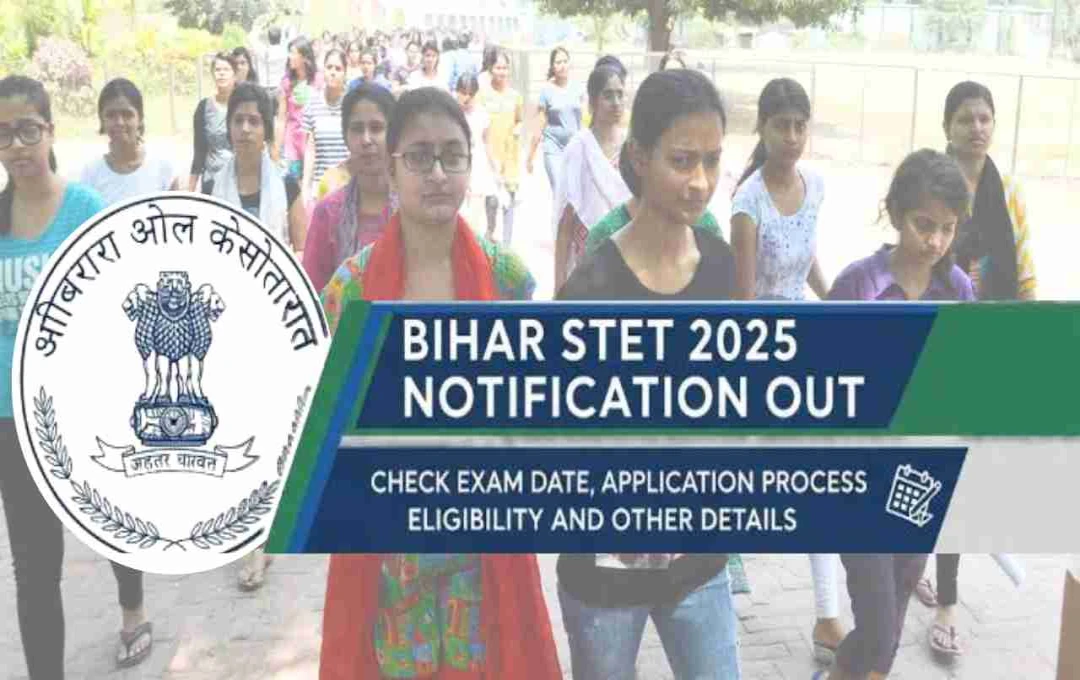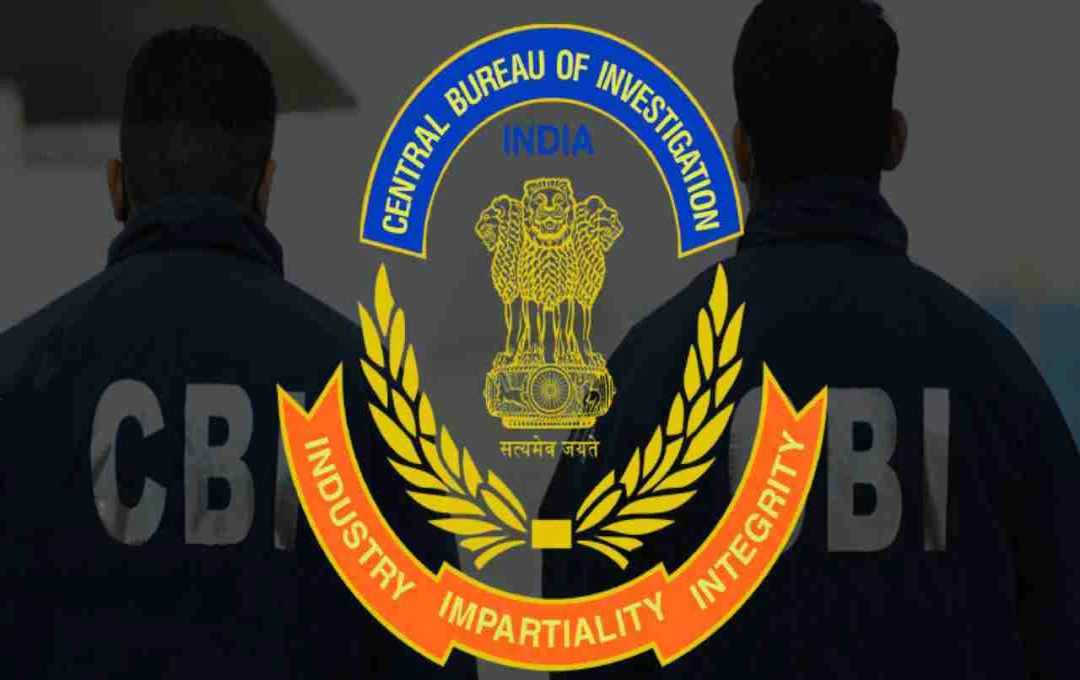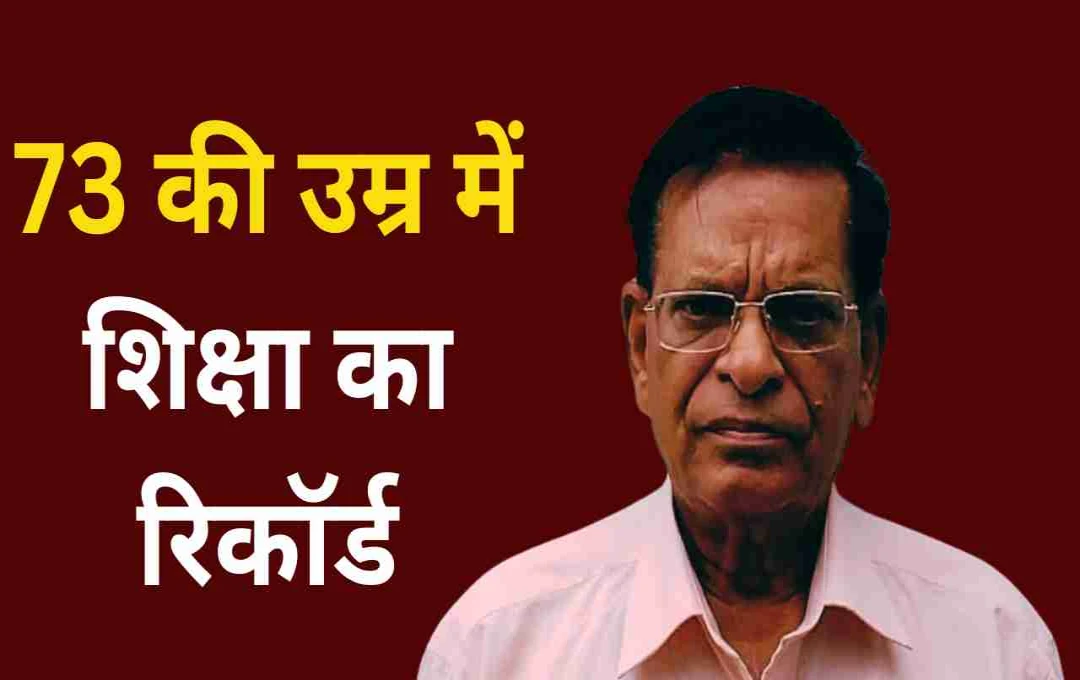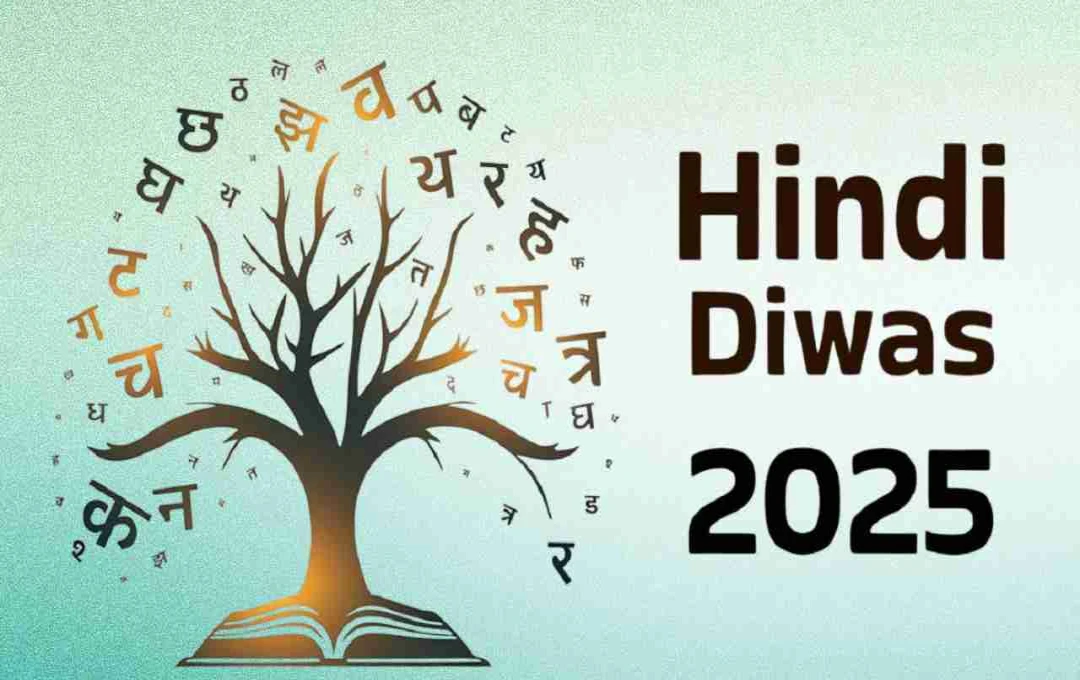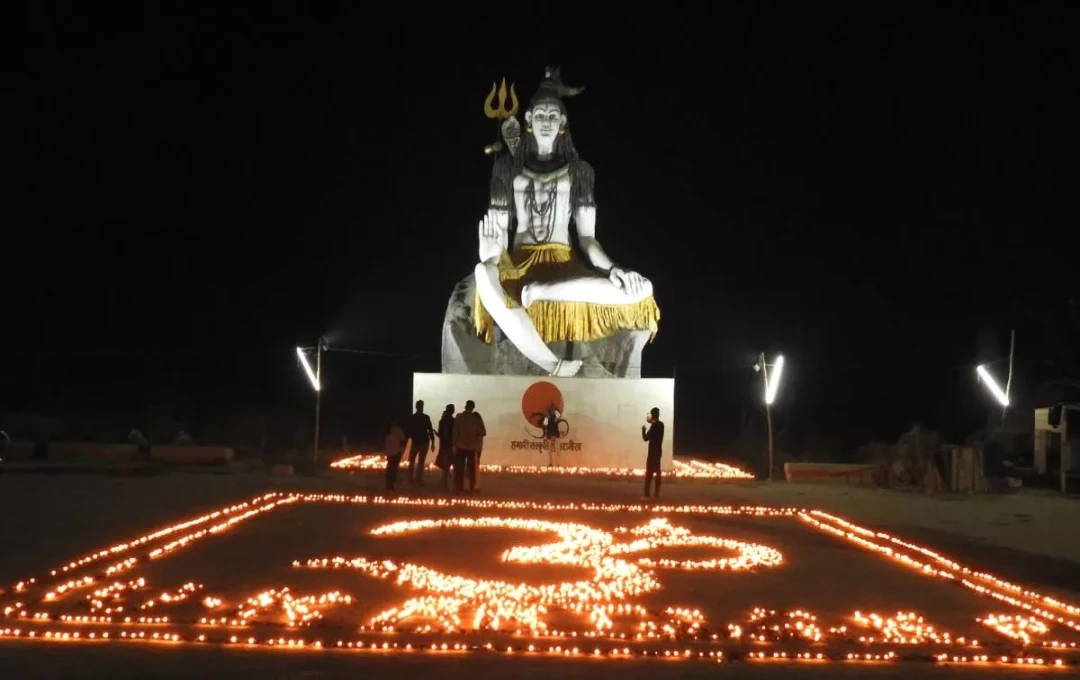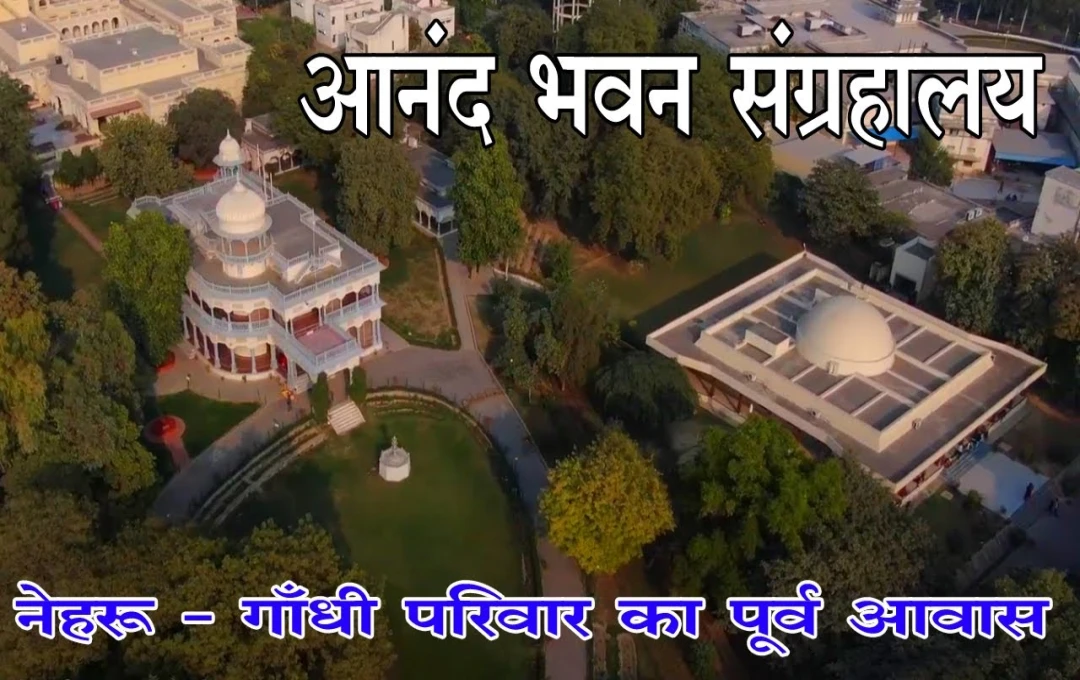Hindi Diwas 2025 is celebrated every year on September 14th. Hindi is the official language of India, not the national language. This day is an occasion to remember the importance, culture, and promotion of the language.
Hindi Diwas 2025: Every year on September 14th, Hindi Diwas (Hindi Diwas 2025) is celebrated with great enthusiasm and reverence across India. This day is not only an opportunity to remember the importance and contribution of the Hindi language but also a day to promote and propagate it in various parts of the country. Schools, colleges, government offices, and cultural institutions organize special programs, speeches, competitions, and literary activities on this day.
However, a controversy is often associated with Hindi Diwas – is Hindi our national language or official language? This question often becomes a topic of discussion among people. Let's learn in detail in this article what status Hindi has been given in the Constitution, and why it is important.
Importance of Hindi in India
Hindi is one of the languages spoken and understood by the largest number of people in India. Approximately 44% of the country's population considers Hindi as their mother tongue. Besides, Hindi is also spoken as a second or third language in many states.
Hindi is not just a medium of communication, but it is also connected with culture, literature, tradition, and social identity. Because of Hindi, people from different parts of India can communicate easily with each other and remain bound by the thread of national unity. This is why the importance of celebrating Hindi Diwas increases further.
Difference Between National Language and Official Language
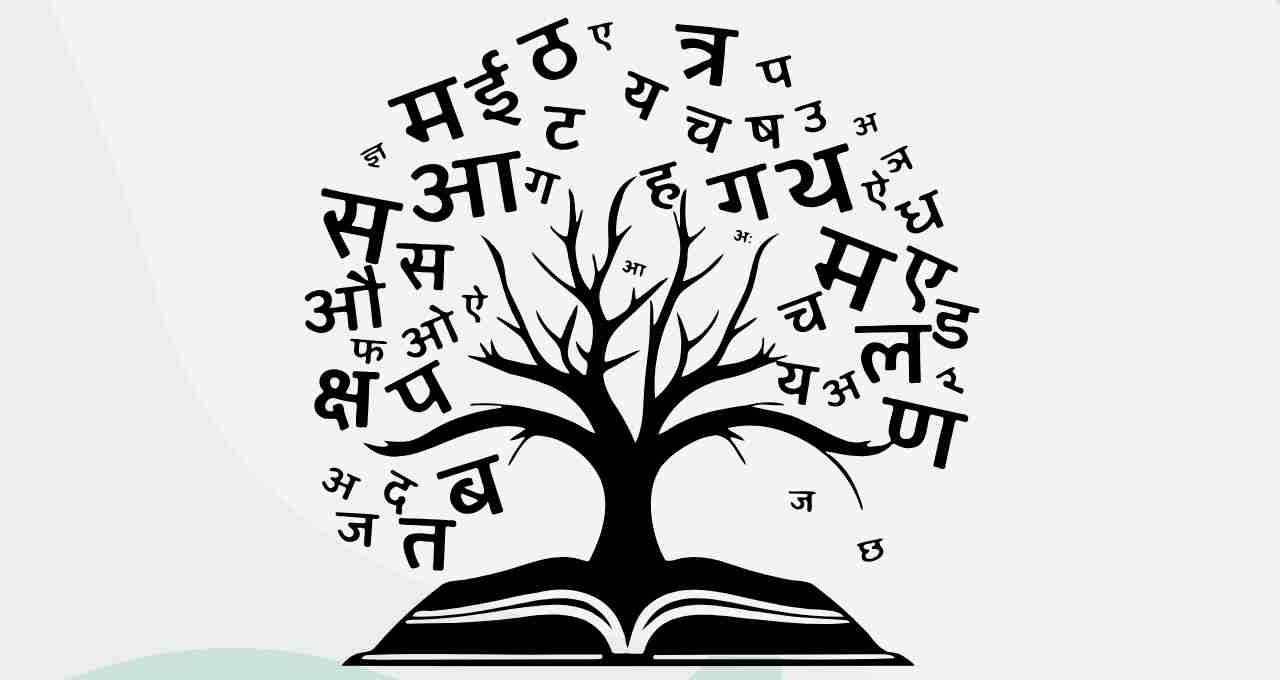
People are often confused about Hindi whether it is the national language or the official language. It is very important to clear this confusion.
- National Language
A national language is a language that is a symbol of a country's national identity and cultural unity. This language is naturally adopted by the people, and generally, the majority population of the country speaks or understands it. - Official Language
An official language is a language that is used in government work, judiciary, parliament, constitution, and administrative documents. It is given formal recognition by the constitution.
No language has been given the status of a national language in the Constitution of India. The Constitution clearly recognizes Hindi as the official language.
When and How Hindi Became the Official Language?
The proposal for Hindi to formally become the official language of India was passed in the Constituent Assembly on September 14, 1949. During this time, there was a deep debate regarding the language. Hindi received encouragement during the freedom struggle, and Mahatma Gandhi emphasized its promotion, considering it the language of the common people.
Some representatives from South India in the Constituent Assembly expressed concern that declaring Hindi as the official language could pose a threat to Tamil, Telugu, Kannada, and other regional languages. They urged that the rights and protection of other languages should also be taken care of.
After these thoughts and debates, Hindi was declared the official language of India under Article 343(1) of the Constitution. A transitional period was also set, during which English would continue to be used in government work for the next 15 years.
After this process, when the Indian Constitution came into effect on January 26, 1950, Hindi officially became the official language of the Republic of India.
Significance of Hindi Diwas
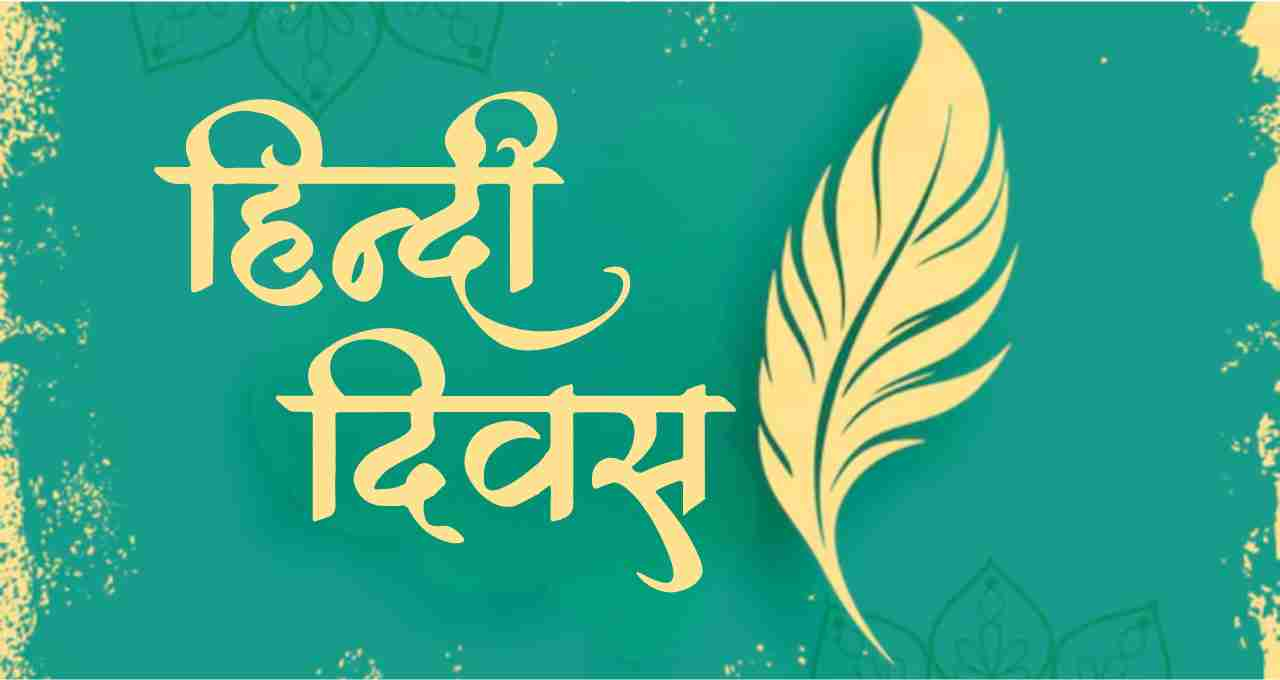
The main objective of Hindi Diwas is to promote the propagation of the Hindi language. This day reminds us that our language is not just a medium of communication, but it is also a symbol of cultural and national identity.
On this day, many schools, colleges, and government institutions organize Hindi competitions, speeches, poetry recitations, and essay competitions. Special campaigns are run in government offices to promote working and written communication in Hindi.
Hindi Diwas inspires the youth to study Hindi, adopt it in their daily lives, and further its literature and culture.
Hindi and India's Linguistic Diversity
Many languages are spoken in India. A total of 22 languages are included in the Eighth Schedule of the Constitution. Hindi's role in this diversity is that of a primary facilitator.
Hindi is not limited to North and Central India alone; it has been widely adopted across the country in education, media, administration, and literature. This language remains popular among the youth through Hindi films, newspapers, radio, and the internet.
Ways to Celebrate Hindi Diwas
- Programs in Schools and Colleges
Speeches, poetry recitations, essay competitions, and presentation of Hindi songs. - Cultural Programs
Showcasing the importance of the Hindi language through plays, dances, and debate competitions. - Campaigns in Government Offices
Promoting writing, reports, and communication in Hindi. - Awareness on Social Media
Sharing posts, videos, and messages on Hindi Diwas so that people connect with the Hindi language and its importance.
Hindi Diwas reminds us that Hindi is the official language of India, not the national language. This language is not only important in administration and government functions but is also a symbol of our cultural, literary, and social identity. The preservation and promotion of Hindi is the responsibility of every citizen.
